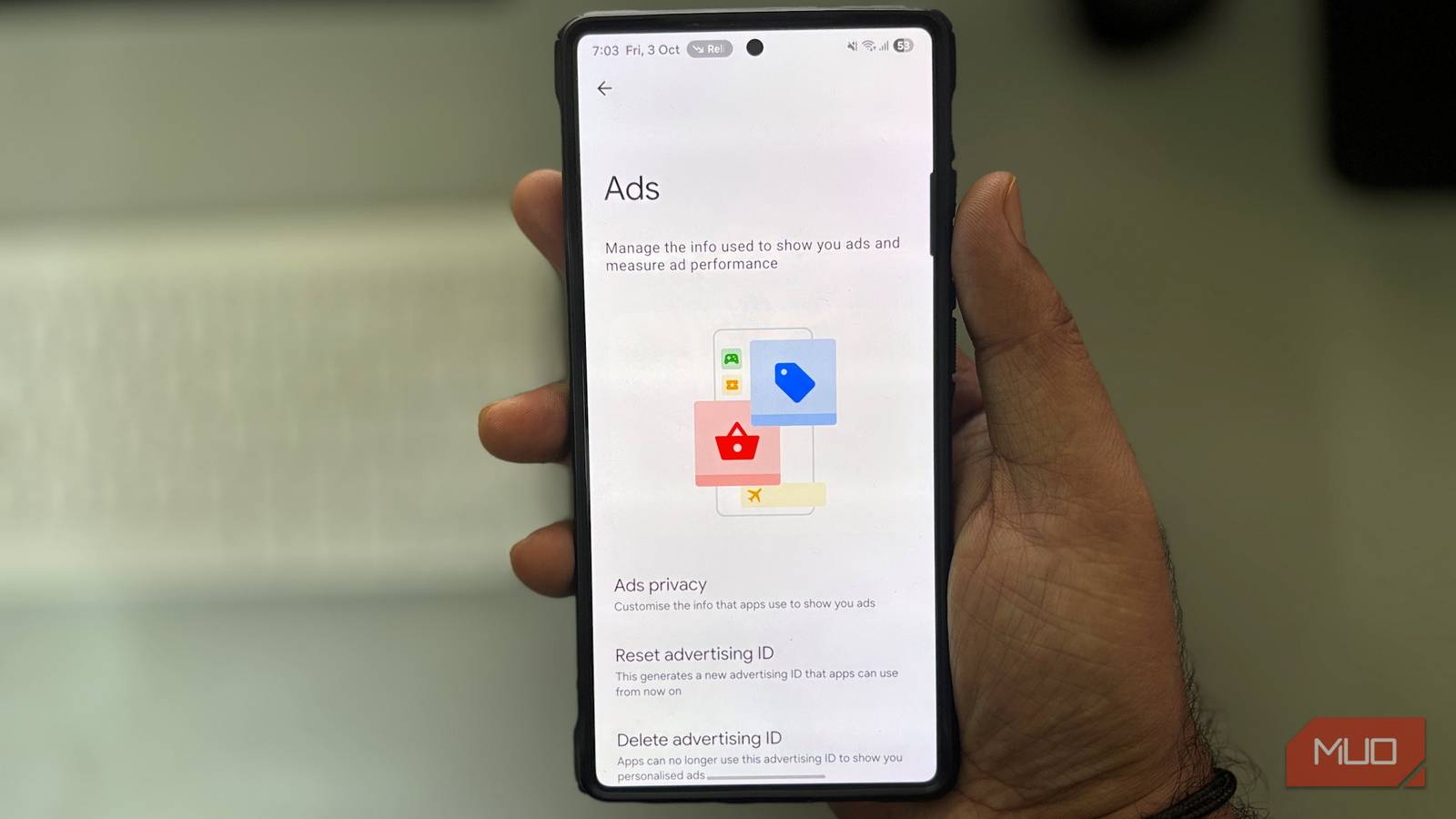
"The ads on my phone were getting too personal. I could look up headphones once and then see them everywhere, from YouTube to random free games. Even after I stopped shopping, the same product continued to follow me. It became a steady reminder that my activity might be linked across apps, and I could not ignore it. I opened my privacy settings to see what I could change."
"Tucked away in the privacy menu was a control for ad tracking. I turned it off to see if anything shifted. Within a few days, the ads were still there, but they no longer matched my recent activity so precisely. Rather than the exact items I had searched for, I began seeing generic promotions for insurance, food delivery, and credit cards. It was a small shift, but it made my phone much more user-friendly."
"Targeted ads are meant to introduce you to products you might enjoy. But the way they appeared across different apps on my phone looked more like tracking. The same pattern repeated itself over the course of one ordinary week. I compared earbuds in a shopping app at night. The next day, the same brands appeared in the news, weather, and sports apps."
Personalized ads escalated into persistent, cross-app tracking after a single product search, appearing within hours across unrelated apps and returning for days. Turning off the ad-tracking control reduced specificity, replacing exact product ads with generic promotions for insurance, food delivery, and credit cards. The rapid timing and repeated impressions indicate device-level linkage rather than coincidence. Apps can include a stable device identifier in ad requests, allowing ad networks to associate recent on-device actions with that identifier and serve related ads across connected apps. The result is targeted advertising that feels like digital stalking until tracking controls limit identifier-based linkage.
Read at MUO
Unable to calculate read time
Collection
[
|
...
]